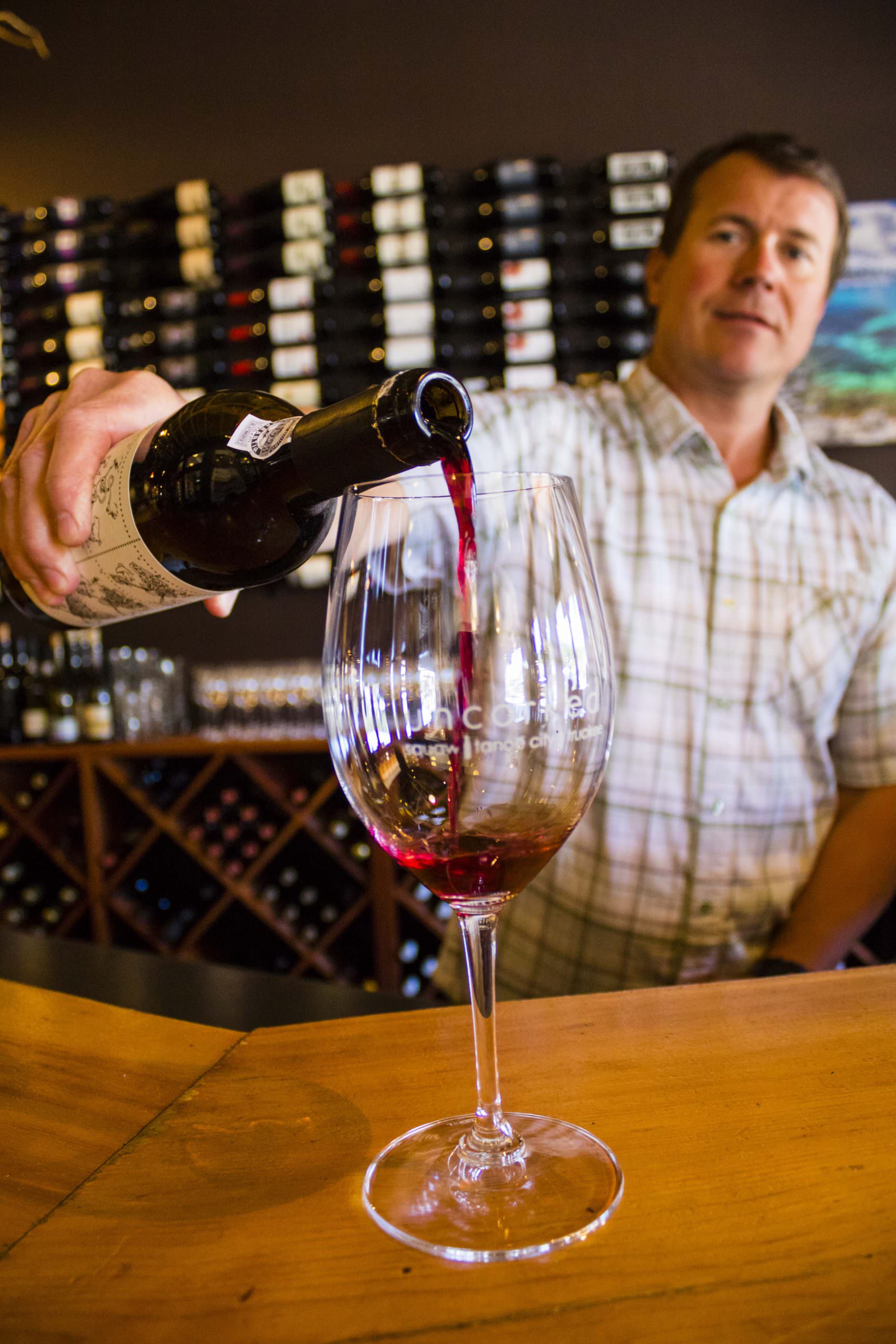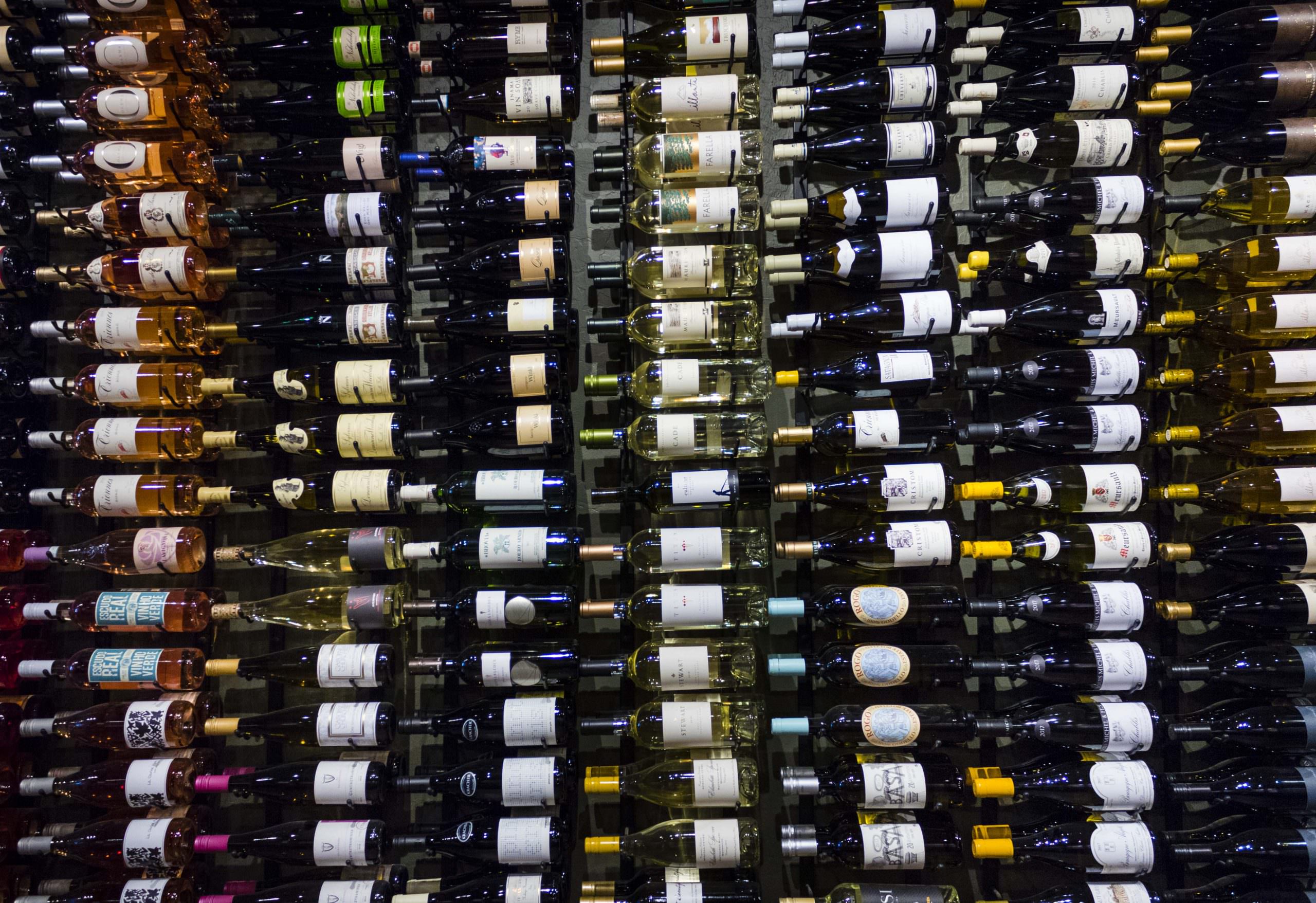Experts offer tips for purchasing and storing wine vintages, for any budget.
Some people collect art or antiques. For others, a wine collection provides an unending source of fascination and fulfillment. With so many varieties from all over the world to choose from, there’s always something new to satisfy your passion, whether you’re a novice starting a collection or a seasoned expert with a full cellar.
“You never get bored of wine, because you are never going to know it all,” says Chris Barkman, certified sommelier and co-owner of Uncorked wine bars in Tahoe and Truckee. “Price points, regions, appellations, and grape varietals always are changing.”
Get a taste
To begin collecting and filling your own wine cellar or cooler, you should first understand your own tastes. A great way to do this, says Barkman, is to visit a wine shop.
“To assess an individual’s palate, you ask certain questions,” he says. “Do you like full-bodied wines, or light or medium bodied? Do you like wines that are bright, high toned, or sharp? Or do you like them more modern, expressive, and extracted?”
According to Barkman, questions like these paired with wine tastings will help you gauge your likes and dislikes and, ultimately, grow or build your collection.
Troy Phillips, certified sommelier and owner of Battle Born Wine in Gardnerville, encourages people interested in wines to visit an independent bottle shop rather than a chain store.
“You will find passion and craft at any price point in any local bottle shop. [The people who work there] are highly knowledgeable, and that’s why you go there,” Phillips says. “Not only do they price competitively and offer a wide array of products, but they have the knowledge and care for their craft.”
Storage tips and tricks
When it comes to properly storing your collection, Barkman breaks it down into three main categories.
“You want a mix of your daily consumption wines, then wines that you save for three to five years, then wines that you save for 10 to 20 years,” Barkman says.
Daily consumption wines, Barkman explains, are the wines you drink regularly and buy plenty of so that you don’t have to go to the store all the time. Instead, you just go down to your cellar or reach into the cooler to grab that bottle of sauvignon blanc or Chardonnay.
Then there are the bottles that must be saved and stored for years, not to be opened until the wine is ready.
Old World wines should be stored for 10 or more years, due to their acidity levels. But it can be very difficult to save wine for so long. One tip is to treat your wine cellar like a savings account. It takes discipline not to go down to the cellar and pop open the bottles you’re saving, but in the end, the taste and experience of the wine are worth it.
Investing in your palate

Chris Barkman, certified sommelier and co-owner of Uncorked wine bars in Tahoe and Truckee, pours a glass of red wine.
According to Phillips, wine collecting should not be considered a financial investment.
“It is an investment in yourself, your palate, and art, but it’s not a sellable trade,” Phillips says. “The reason you’re doing this is to share these bottles as milestones for New Year’s, Christmas, family occasions, and births.”
Phillips says that continuing to learn about wine is often the difference between a stagnant and a diverse collection.
“Your palate will change, and it should change,” he says. “As you learn more, as you get to read the labels and understand the grapes and the wine rules, you will be more comfortable buying Old World wine. Once you learn more, you have a greater appreciation, and it’s easier to collect.”
Sarah Parks is cultivating a growing appreciation for wine and loves trying out different vintages.
For details about Uncorked’s Cellar Consultation program, visit Uncorkedtahoe.com or email Chris Barkman at Chris@uncorkedtahoe.com.
Battle Born Wine offers wine and spirits education. For a schedule of upcoming classes, visit Battlebornwine.com/events.html.
Wine cellar basics
Keep your cellar in top condition with these 4 wine storage tips from the pros:
- Keep your temperatures cool, between 55 and 59 degrees F.
- Dry air is the enemy. Use a cooling unit to keep humidity at 40 percent.
- Keep any light exposure to a minimum, if there is any at all. Tape black bags over windows or store wines underground and away from light.
- Bottles should be stored horizontally, and if being stored for a long time, twist the bottle once or twice a year to keep sediment from accumulating.


